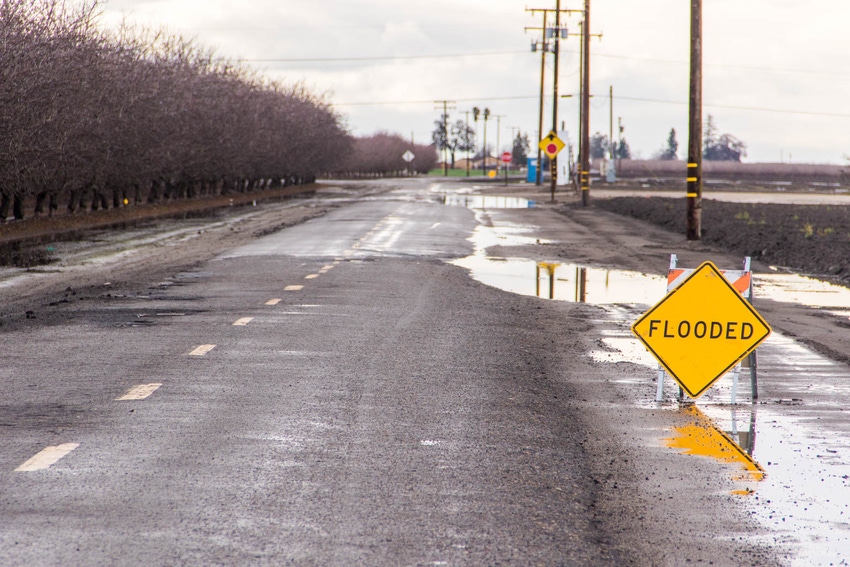
Accusing regulators of egging on the current drought to justify not sending irrigation water to growers in 2016 sounds a bit far-fetched until you look at the facts.
As I write this, the Sacramento River is at flood stage in northern California. It has nothing to do with the need to make room in Shasta Lake, which sits at about one-third of capacity and about 50 percent of normal for this time of year.
Heavy rain in northern California has pushed streams to their limits, sending flood flows down the Sacramento and largely out to sea in what some might consider criminal. What else do you call a willful desire to take fresh water away from human beings?
San Luis Reservoir is a two-million-acre-foot basin built to provide irrigation water to the farms of the San Joaquin Valley, except that it’s not used for that anymore.
Never mind the words of President Kennedy when he dedicated the dam in the early 1960s or the intent of our current governor’s father when he set out to build the State Water Project as the state’s chief executive; water has a higher use than for humans. Federal courts have ruled as much.
Since Dec. 1, there has been three high-flow periods where much more water could have been captured than was stored. Pumps used to move water into San Luis Reservoir could have been run at capacity on three separate occasions and still provided enough water for salinity control in the Delta.
Instead, about 19 percent of Delta inflow was captured based on a 14-day average.
In real numbers, about 314,000 acre feet of water was stored while nearly 1.1 million acre feet went out to sea.
Here’s where we sit in the latter half of January.
San Luis Reservoir sits at 29 percent of total capacity and less than 40 percent of its historical average for the date. I’m told that little to none of the water in the lake is federal Central Valley Project (CVP) storage, but is primarily state-owned water. California and the feds share storage in the basin, though it’s not a 50-50 arrangement.
The state’s on-stream reservoirs aren’t much better, ranging from a low of 10 percent at Exchequer to 38 percent in Shasta.
The good news is large reservoirs like Shasta and Oroville can fill quickly. A few good storms over the right watersheds can make up large deficits in short order. We saw that with the last El Nino in early 1998, but let’s not bet the farm on that just yet.
Mike Wade of the California Farm Water Coalition says a more sure bet will be what the U.S. Bureau of Reclamation issues as its initial allocation for CVP contractors this year.
“Everybody is expecting that number to be zero once again,” Wade says.
State Water Project users might see a 10 percent initial allocation when those numbers are released next month, he continued. Time and more storms can change these figures.
At no time in the history of the two systems have water users been as short-changed as the last few years.
While it’s understandable that the California catastrophe has been decades in the making and therefore cannot be corrected in a single season, the idea that state and federal leaders are not moving heaven and earth to make more water available for the state’s populous is at the very least reprehensible.
About the Author(s)
You May Also Like






